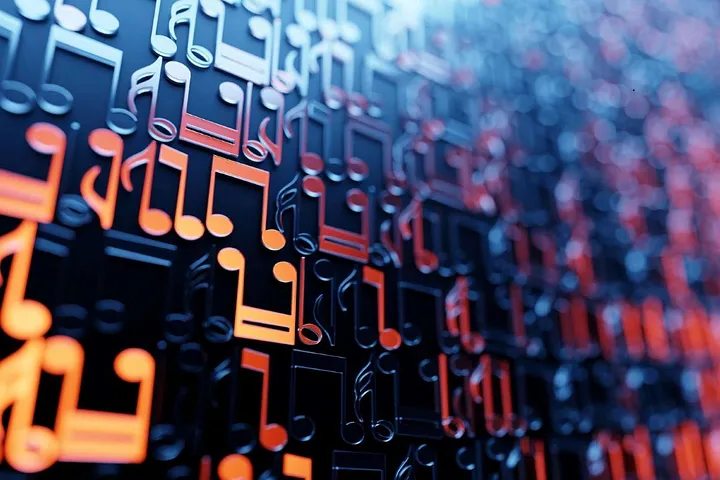AI music composition systems analyse musical patterns to generate new compositions that balance rhythm, harmony, and melody. These systems employ complex algorithms that learn from vast datasets of existing music across genres and styles. AI can produce musical pieces that follow established rules while introducing novel variations by identifying patterns in how these three elements interact in human-made compositions. The process involves mathematical representations of musical structures that maintain consistency while allowing creative flexibility. Modern royalty free music generator tools demonstrate this capability by creating complete compositions with coherent rhythmic patterns, harmonic progressions, and melodic lines. Users typically select parameters like tempo, key, and mood rather than building each element separately. The AI then generates music, and these three foundational elements complement each other according to music theory principles.
Mathematical backbone
Behind every AI music composition system lies sophisticated mathematical modelling. These models represent music as multi-dimensional data structures where timing, pitch, and duration exist as quantifiable values. Neural networks process these values through layers, identifying relationships between notes, chords, and rhythmic patterns. The AI must balance rules of music theory with creative variation to produce results that sound natural. For harmony, the system analyses how chords progress and resolve tensions. For melody, it examines contour, intervals, and relationship to underlying chords. For rhythm, it evaluates patterns of accents, note durations, and underlying pulse. The most advanced systems recognise how these elements influence each other – how a rhythmic accent might coincide with a harmonic change, or how melodic phrases align with measures.
Pattern recognition across dimensions
- AI identifies common chord progressions like I-IV-V-I across thousands of songs
- Melodic analysis focuses on recurring interval patterns and their relationship to harmony
- Rhythmic templates from different genres serve as structural foundations
- Genre-specific relationships between melody and bass movement inform vertical integration
- Tension and resolution patterns teach the system when to create and release musical tension
- Training includes analysis of how melody notes relate to underlying chord tones
Temporal challenge
Creating cohesive musical phrases presents a unique challenge for AI. Unlike static images or text, music unfolds over time with elements that must maintain relationships across seconds or minutes. An effective system must “remember” what came before and “anticipate” what comes next to maintain coherence. This temporal aspect requires recurrent neural networks or transformer models that maintain context over time. When generating a melody, the AI must consider the current chord, the trajectory of the harmonic progression, and previous melodic phrases. The system must balance immediate musical concerns with longer structural considerations like verse/chorus relationships or developing variations of earlier themes.
Mimicking human musicianship
The most sophisticated aspect of AI music generation is simulating the nuances of human performance. Beyond simply placing notes correctly, advanced systems model subtle timing variations, dynamic changes, and articulations that give music its expressive quality. This involves analysing how professional musicians slightly delay specific beats for swing feel, connect or separate notes for phrasing, and emphasise certain tones within chords for expressive effect. The systems learn that perfectly quantised rhythms often sound unnatural, while strategic micro-timing creates a sense of groove or emotion. The most effective AI composers don’t just place notes correctly on a grid they understand the subtle relationships between elements that create musical cohesion.







Leave a Reply